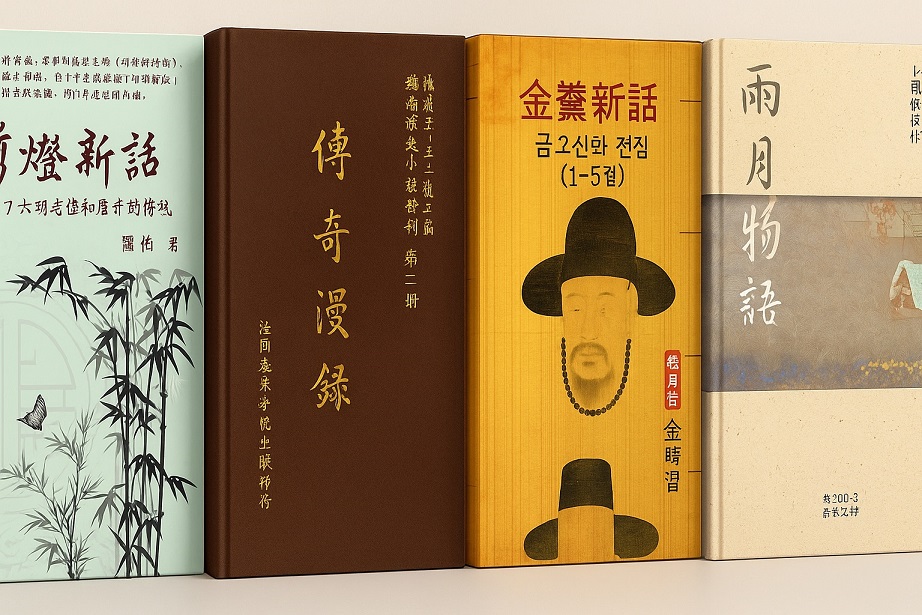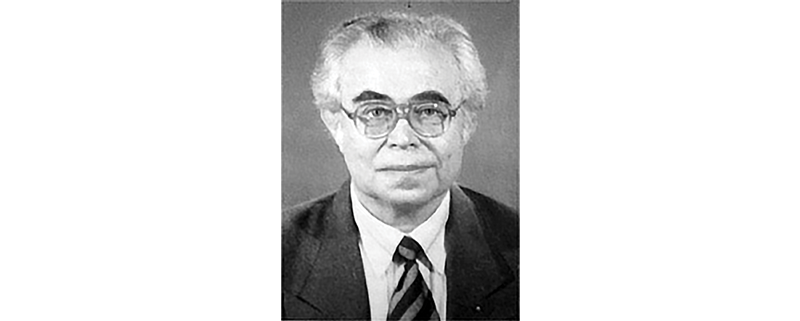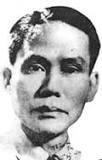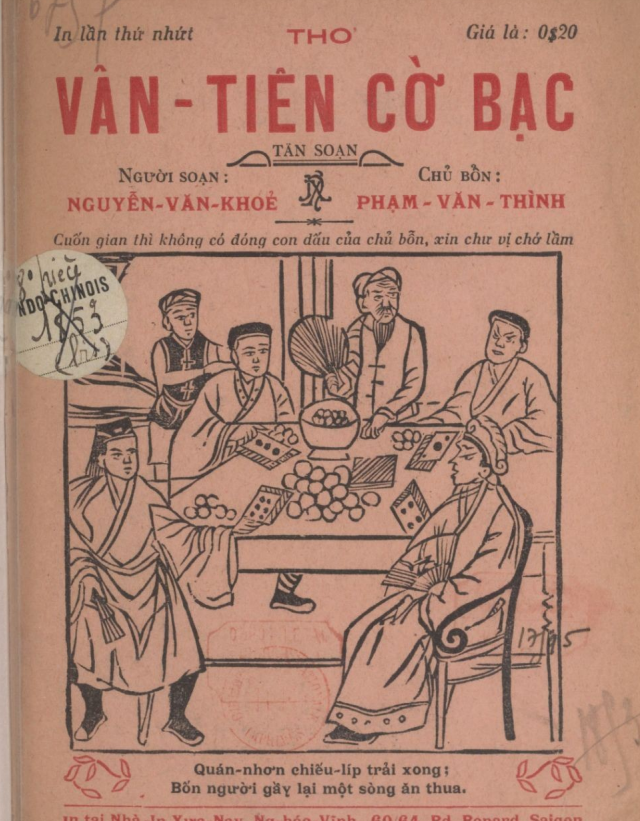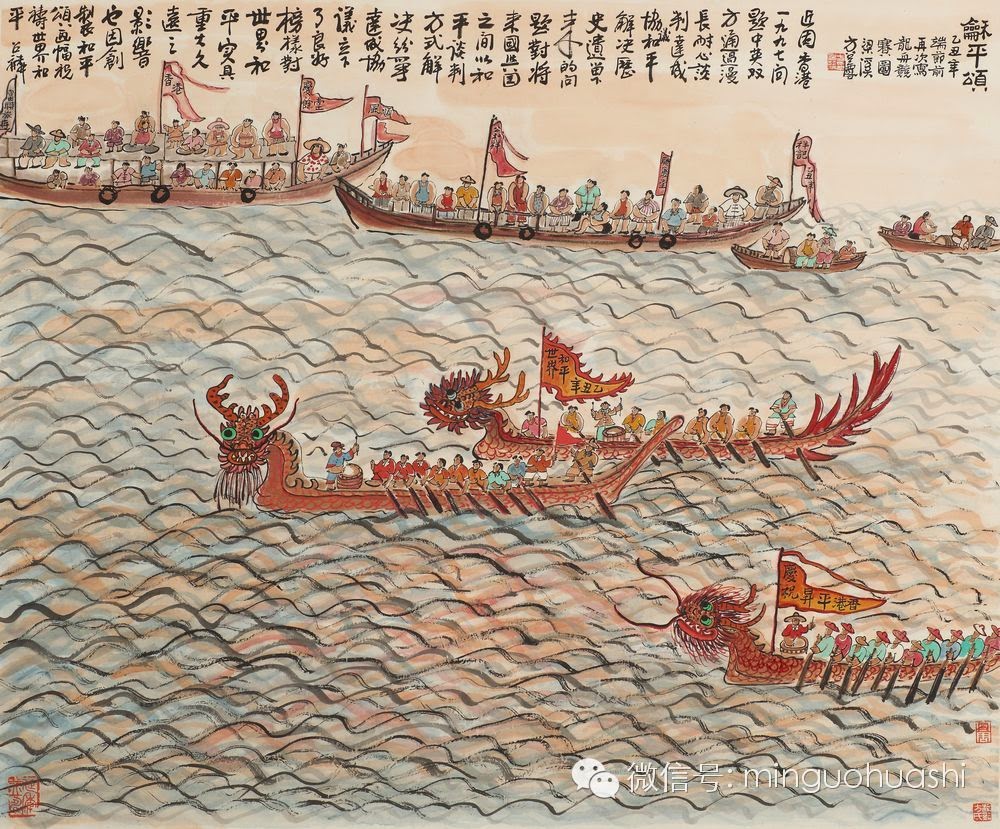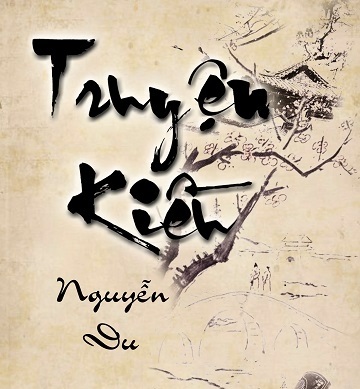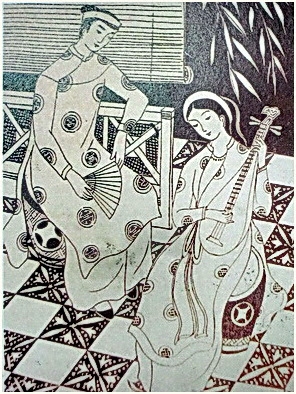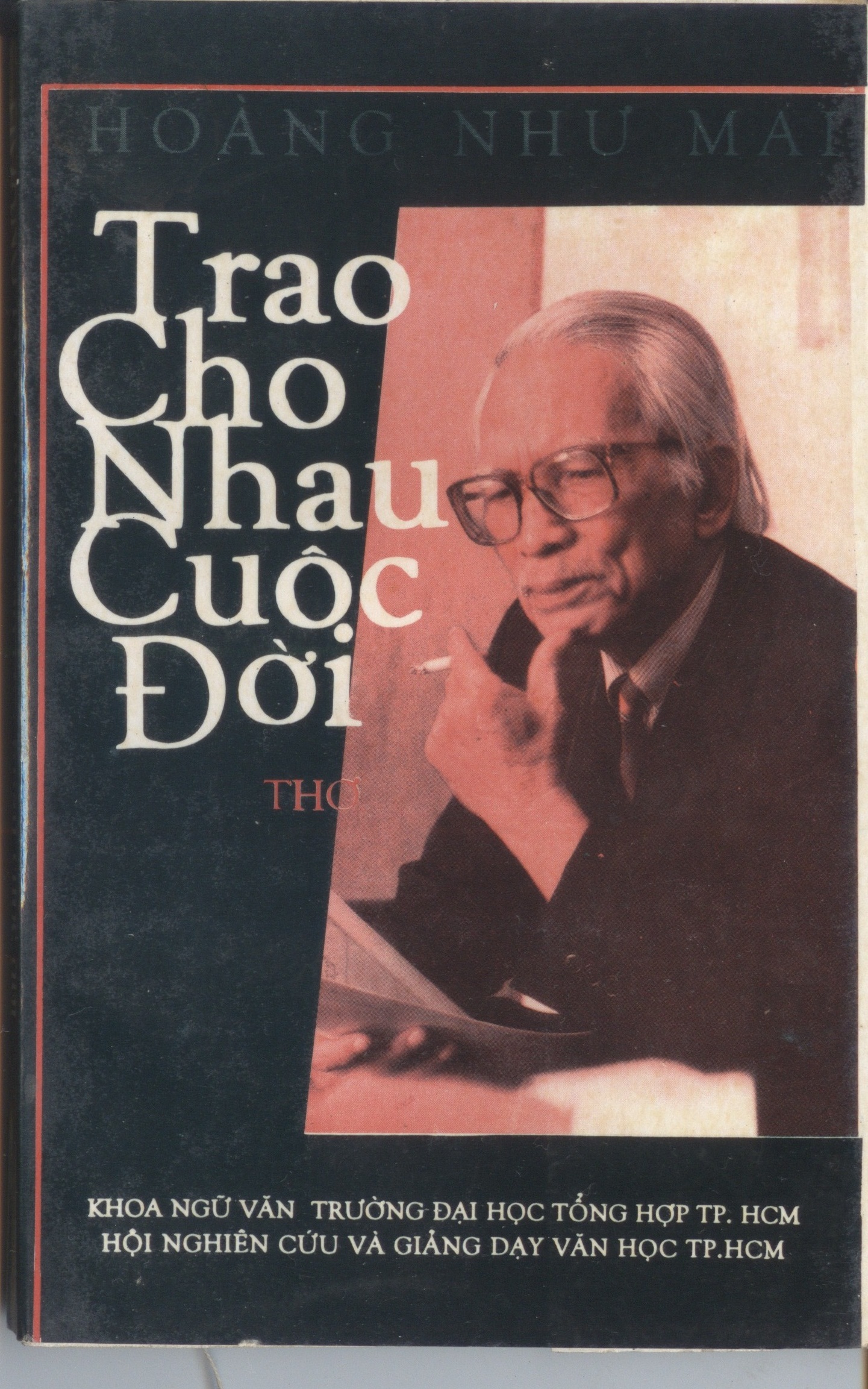Abstract
SOUTH KOREAN SOLDIERS IN VIETNAMESE LITERATURE
The article presents two different viewpoints about the South Korean soldiers in Vietnamese literature, the viewpoint of communist writers and the viewpoint of South Vietnamese writers. Since then, it has been shown that the image of South Korean soldiers had more aspects. It may be mercenaries, they had their own complicated reasons and suffered from the war like everyone else, they cruel but still respectful to Vietnamese culture and religions.
Keywords:Vietnamese literature, South Korean soldiers, communist writers, South Vietnamese writers.
- Opening
The Vietnam war during the 1965-1975 period was a drawn-out war that took tremendous material and human life tolls on both Vietnam and the United States. In order to make this a multi-national war, the US mobilized large forces from the militaries of its allies’. Besides Australia, New Zealand, Thailand, the Philippines, South Korea’s army was an active participant, made up the second largest force only behind that of the US’ and was highly regarded for its capabilities and effectiveness. Under the leadership of the US, Korean forces such as Infantry Divisions White Horse and Tiger – and Marine Brigade Blue Dragon were deployed in Central Vietnam’s provinces of Quang Nam, Quang Ngai, Binh Dinh, Phu Yen and Nha Trang, a key strategic theater. In addition, there were other units stationed in Vung Tau, Bien Hoa, Saigon.
In its involvement in Vietnam, South Korean soldiers became the “backbone” force in search and destroy missions in Central Vietnam’s coastal regions. From the beginning of its presence in Vietnam until its withdrawal from the country, South Korea’s army carried out many missions and caused a serious of bloody and horrific massacres. Today in many villages in Central Vietnam there is a “South Korea Death Anniversary” day because entire villages were wiped out by South Korean soldiers. Many statues professing hatred of South Korean soldiers have been erected in various places.
Having left such “impressions” on the land of Vietnam, the South Korean soldier has appeared in many works of Vietnamese wartime literature. We have observed that the South Korean soldier typically appears in writings from authors who either grew up in or did work in the central coastal regions such as Nha Trang, Phu Yen, Binh Dinh, Quang Ngai, Quang Nam – places where Korean soldiers were stationed. Phan Tu, Chu Cam Phong were born in Quang Nam and marched North before returning to Area V. Nguyen Mong Giac, Mang Vien Long were from Binh Dinh. Y Uyen was from the North, but taught in Phu Yen. Tran Hoai Thu was born in Da Lat, but was for a period a soldier stationed in the central region. Because they were on opposing sides in the war, the views of Korean soldiers held by authors from the communist side and those from the south were also quite different.
- 2. South Korean soldiers in Vietnamese literature
- 2.1. In the eyes of the communist authors
Authors from the communist side call Korea soldiers “soldiers from Korea’s South.” In their works, South Korean soldiers are not the main characters. They appear only sporadically in some writings and are viewed in fairly simple lights, mercenaries hired by the Americans. They are, as such, also the enemies of the Vietnamese people.
South Korean soldiers in the eyes of the communist writers are also well trained, brave in combats, but also cruel, inhumane and were the cause of many atrocities, many massacres in countryside Vietnam. In his memoir, Nguyen Ngoc writes about these soldiers’ discipline “For the South Koreans, one observation can be had: they are very stubborn and persistent. They can lie still in ambush, without any movement, for one week, two weeks” (Hội Nhà văn Việt Nam [Vietnam Writers Association], 1984, p.136)
In the novel, Mẫn and Me, Phan Tu writes about South Korean soldiers as a vicious force, their stationing in the port city driving the cost of living up, making life difficult for the average people, who were oppressed by the soldiers from the Blue Dragon Division and White Tiger Division.
In “The War Diary” by Chu Cam Phong, images of the cruel South Korean soldiers make quite a few appearances – burning and destroying houses, killing innocent civilians. In “Spring 1975 – The Land of Quang,” Trieu Xuan writes about a massacred committed by South Korean mercenaries in a small piece of land on the Thu Bon river – tens of people, all of them women, the elderly and children, perished.
Because they are viewed from afar, by the opposing side, the portrait of the “Soldier from Korea’s South” is in general quite simplistic. The poet Duong Huong Ly, in his “Poem about happiness,” calls the soldiers who shot and killed his wife using the generic term - “the enemy”.
Generally speaking, the South Korean soldiers only make superficial appearances in literature from this period, without any insights into their lives – similar to the other enemies, the American, the South Vietnamese soldiers. And the enemy is always heartless, vicious and ugly. Such views are apparently simplistic and one-sided. Nguyen Quang Sang, when talking about making a portrait of the protagonist in Vietnam’s literature during the war, is conscious about this problem when he writes “the protagonist’s portrait is often blurry,” “even after watching it, we still find it deformed. Because we only see what is on the surface rather than the inner layers” (Hội Nhà văn Việt Nam [Vietnam Association of Writers], 1982, p.29). Pham Van Si in his work “Literature on the liberation of the South” also assumes these characters are not literary characters.
- 2.2. In the eyes of the South Vietnamese authors
South Vietnamese authors call South Korean soldiers “Korean soldiers”. As they were able to come into close contact with South Korean soldiers, some even fought by their sides, the image of the South Korean soldier in their works are somewhat clearer, more diverse and complex.
Some authors regard South Korean soldiers as mercenaries, fighting only for money. Others see them as vicious fighters, never thinking twice about killing. Nguy Ngu, in the short story “Along the long flight away” writes about savage South Korean soldiers who put human heads at the front of their jeeps, about strings made of dried human ears, about the guns that fired at refugees.
The poet Luan Hoan does not have many good words for South Korean soldiers: Wherever South Korean soldiers pass by, poison was mixed into clear well water (Burning the garden in Son Kim)
Even as a soldier in the South Vietnam’s navy, Le Ba Thong in Stars falling on the ocean still does not have much good will for the South Korean soldiers as he witnessed their harassment of young Vietnamese girls. Le Thi Hoai Niem, a female author, in My mother with her old country, writes about the severe consequences caused by South Korean soldiers’ actions. As their stations were attacked by the communist force one night, they spent the following morning searching, making arrest and killing anyone they viewed as having “ties” with the People Liberation Front.
At the same time there are writers who object to the aforementioned accounts. Tran Hoai Thu, in the introduction to The story of myself and a Korean called Lee written by Nguyen Luong, writes “We were stationed and fought alongside South Korean soldiers for a fairly long time in Binh Dinh, yet we never heard of or witnessed any horrific crime such as those described by Nguy Ngu in his short story (Thư Ấn quán [Book and Printing Store], 2018, p.31-32)
Nguyen Luong in The story of myself and a Korean called Lee writes about friendly South Korean soldiers, one of whom made frequent visit to his home and communicated by writing Chinese characters with his father. Nguyen Luong also writes about major general Chun Doo-hwan, Commander of the South Korean army in Vietnam, who later became the President of South Korea. Chun Doo-hwan often went to Quy Nhon where he visited Nguyen Luong’s school and helped them build a large hall with very beautiful old architecture. He also thinks that from 1965 onward, thanks to the security provided by the South Korean army, his homeland saw a period of peace, without fear of disturbances.
Some authors recognize them as brutal human beings who were at the same time religious and cultivated who also respected Vietnamese culture and religions. In Mang Vien Long’s short stories such as At the top of the bell tower, The sharpness of dreams, Mdm Ba’s pagoda, the images of the South Korean soldiers were painted with fairly sharp details. In At the top of the bell tower, Tien, a character in the story, realizes that similar to other good believers, the foreign soldiers also put on their crosses when they enter the church. In Mdm Ba’s pagoda, Mang Vien Long writes about the reactions of the South Korean soldiers as they enter a village’s pagoda. Confronted at the gate by Mdm Ba holding a piece of paper with writings in Chinese that say “We worship the lord Buddha. Please have respect, help us and do not cause any disturbance” the soldiers refrain from opening entering the pagoda to carry out searches. Mdm Ba considers them people who are victims of circumstances, who suffer from pain and in darkness.
Vo Hong in the short story Like A lark bird decries the senselessness of war as he tells the story of the death of Ai Lan, a little innocent farm girl who grew up in the “liberation zone.” Ai Lan was setting a trap when she was caught in a sweep by South Korean soldiers – she ran away and stepped on the trap that she herself had laid. In the short story A trip to Tuy Hoa, he writes about a South Korean soldier with a “hard to read face” who takes the same bus to Tuy Hoa, a commune in Phu Yen.
South Korean soldiers also appear in some short stories by Tran Hoai Thu such as Champa’s Night, Go Boi on the other Side of the River. They are soldiers who fight alongside each other in combats. Y Uyen, who Vien Linh considers “the best writer of the war” also has some short stories that mention South Korean soldiers such as Dry Storm, Reed Torch, The decaying leaf bone. In Reed Torch, Mich, a character, is crazy but excels at martial arts and is a patriot who sings constant praises of Tan Thuat (a leader in the anti-French revolution in the early 19th century) and often seeks a fight with South Korean soldiers as he thinks they dishonor him.
Overall in Vietnam’s pre-1975 literature, there is virtually no character representing the South Korean soldier who is well constructed, who has his own fate and life perhaps because Vietnamese writers did not have enough opportunities to get close to, study and better understand him – as such characters formed around South Korean soldiers are constructed in more or less simplistic and shallow fashion.
- 3. A few characters based on South Korean soldiers in Vietnam’s post-1975 literature
After 1975, the image of South Korean soldiers appears quite a number of literary works such as in the novel Tuy Hoa’s Wind by Tran Thien Luc, an author and veteran, Honey Moon By The River Cau by Nguyen Tan Hung, The Calm After The War by Trinh Dinh Khoi, Broad Horizon by Vinh Hoa which was published in California in 1993, The Season of Stormy Ocean by Nguyen Mong Giac, in the short story A Tomb Without Remains by Van Quoc Thanh, The South Korean Soldier by Dinh Phong, The Ocean’s Spring by Do Kim Cuong, in the collection of reportages The Legend Of The Train Without Numbers by Dinh Kinh, in memoirs written by Cao Duy Thao, Bui Minh Quoc.
South Korean soldiers also appear in poetry as “groups of South Korean soldiers” lurking in the background of the Holy land of My Son, the burning Yang Pakran Praung Tower, the Duong Long tower, the Canh Tien tower… in The Sad Song On The Sand Dunes Of Nam Khuong by Inrasara, in the poem Calling out for comrades' dead bodies by Tran Vang Sao.
In the postwar period, with the passage of time, literary works about the war develop more depth and begin exploring more on content and styles. The images of South Korean soldiers, therefore, also become livelier – the characters have their own fates and life. This can be found in the writings of Vo Thi Xuan Ha, Nguyen Luong, Nguyen Mong Giac and Tran Dai Nhat – son of Vietnamese Korean parents.
In the short-story collection The Wandering Lives written on the subject of Korean Vietnamese children by Tran Dai Nhat, a South Korean soldier named Lee joined the army after failing his university entrance exam. His girlfriend left him and got married while he was in training. He graduated, was assigned to the Strong Tiger infantry division and went to Vietnam. He fought like a soulless soldier, obeying orders like a machine. But as someone with a conscience, Lee sometime wondered to himself why he was fighting in Vietnam. As he could not find a satisfying answer and realized he was fighting for neither his ideals nor his country, he became disillusioned. He often went to a café where he became close to the owner, a lady named Lan who had a beautify face and attractive eyes. They fell in love and had a daughter together. Lee later had to return to Korea and lost touch with his lover. After the war, Lee became a history professor and came back to Vietnam to collect materials on the aftermaths of the war. He wanted to track down Lan and his daughter, but Lan, saddened by his departure had turned into an old, crazy woman who wore patchy clothes and messy hair. Their daughter had become a prostitute.
In The Koreans, named Lee, of Vietnam by Nguyen Luong, the main character in The Story of Myself and a Korean named Lee was a South Korean soldier called Teak Young Lee. Teak Young Lee was one of the first South Korean soldier to fight in Vietnam between 1968 and 1972 and was a recon in the Strong Tiger infantry division stationed in Van Son, an area within Tuy Phuoc district, Binh Dinh province. He often visited Nguyen Luong and communicated by writing Chinese characters with Luong’s father. After the war, thanks to his experiences in Vietnam, Teak Young Lee was sent by Samsung to act as the company’s director in Bac Ninh and accidentally met Luong in Seoul. During his time in Bac Ninh, through his research of his family’s genealogy, Teak Young Lee learned that his ancestors had in fact come from the same area and was deeply moved by this finding. Lee realized why he had always had good feelings for Vietnamese people – the blood in his veins is also Vietnamese.
Vo Thi Xuan Ha in the short story the Old Restaurant Owner in Seoul, tells of the meetings between a Vietnamese woman and a restaurant owner in Seoul who served in Park Chung Hee’s army and fought in Vietnam. That soldier shot at the back of a young mother as her young daughter watched. That soldier also hesitated as he pointed his gun at that young girl – now his regrets seem to flow out of his body, thinned by some deadly poison he absorbed in the battles in Vietnam.
In The Season of Stormy Ocean, Nguyen Mong Giac constructs the character of the major general Kim I. Chung, commander of the South Korean force in Vietnam. He was likely the highest ranked South Korean soldier in Vietnamese literature. Major General Kim I. Chung, in his late 50s, participated in the counteroffensive against North Korea in the Korean War of 1950-1953 and was probably modeled after Major General Chun Doo-hwan, former commander of the South Korean force in Vietnam during the war, who would later become President of South Korea. Furthermore this was possibly the literary work with the most lively and fulsome descriptions of the South Korean army’s activities in Vietnam, particularly in Quy Nhon – from the moments the Strong Tiger division disembarked on the port of Quy Nhon and launched bloody and savage sweeps from their operating base in Phu Tai. Nguyen Mong Giac also writes about a massacre committed by South Korean soldiers in revenge for a second lieutenant killed by guerrillas. He also described outreach activities by the South Korean army such as distributing drugs and setting up clinics and mentioned that the Strong Tiger division built a big student hall for the Cuong De High School in Quy Nhon.
- 4. Conclusion
South Korea’s military took active roles in the war alongside their American counterpart in Vietnam and in the process committed war crimes, massacres of innocent Vietnamese civilians. However, in contrast with writings about the Vietnam war by Korean writers such as Hwang Sok-Yong, Bang Hyun Suk… Vietnamese authors’ writings about the South Koreans’ involvement in the war were relatively modest and simplistic. The character of the South Korean soldier in the works of both communist and South Vietnamese authors, in Vietnam’s post-1975 literature, lacks depth and sharp details. This is something worth considering for Vietnamese writers as we write about our people’s glorious yet tremendously costly and painful war.
REFERENCES
Bao Dinh Giang (collect & edit) (1996). Literature and Arts: a time to remember. Ho Chi Minh City: Ho Chi Minh City Literature and Arts.
Nguyen Vy Khanh (2015). Southern literature from 1954 to 1975. Toronto: Nguyen.
Vietnam Association of Writers (1982). Live and write in the battlefield. Ha Noi: New Works.
Vietnam Association of Writers (1984). Live and write in the battlefield. Ha Noi: New Works.
Medical Students (1965). Love Monthly Magazine. Special issue about Korea: war and peace. Sai Gon.
Book and Printing Store (2005). Bookstore of Manuscript Magazine: Issue 18: Remembrance of Y Uyen. New York: Printing House.
Book and Printing Store (2018). Bookstore of Manuscript Magazine: Issue 78: Keeping motherland in good fragrance. New York: Book and Printing Store.
Pham Van Nhan (chief composer) (2018). Bookstore of Manuscript Magazine. Issue 79: The everlasting passion of Tran Hoai Thu]. New York: Book and Printing Store.
Vietnam Institute of Literature (1979). Vietnamese patriotic literature against America. Ha Noi: Social Sciences.
Pham Ngoc Hien (2012). Vietnamese novels from 1945 to 1975 (2nd edition). Ha Noi: Literature.
Pham Van Si (1976). Literature on the liberation of the South. Ha Noi: University and Special Training School.
Phong Le & Ho Hoang Thanh (chief composer) (1983). About a literary region. Da Nang: Institue of Literature & Quang Nam - Da Nang Association of Literature and Arts.
Tran Huu Ta (2000). Looking back on a literary journey. Ho Chi Minh City: Ho Chi Minh City.
Vo Phien (2000). Southern literature: overview. California: Literature and Arts.
Vu Tuan Anh & Bich Thu (chief composer) (2006). Dictionary of Vietnamese prose works, Volume 2. Ha Noi: Education.
Source: University of Education – Journal of Science, 16 (7), p. 140-147.
